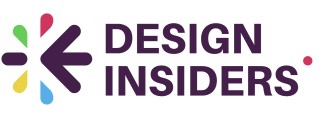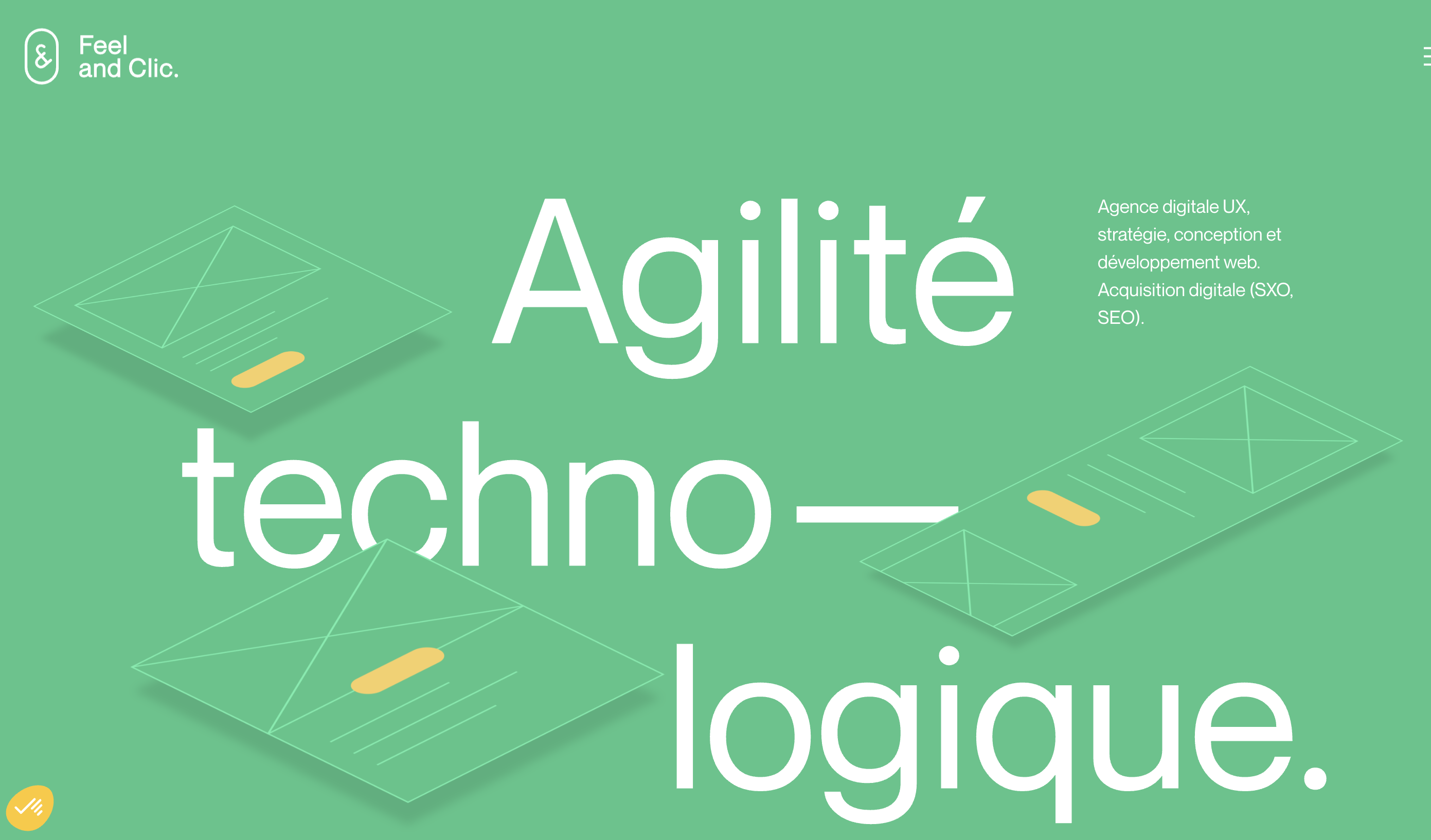Understanding the Role of User Feedback in Design
The Value of Feedback in Design
In the realm of design, understanding the needs and preferences of users is crucial to creating successful products and services. Incorporating effective feedback loops can significantly enhance the outcome, aligning the final design more closely with user expectations.
Feedback is a vital component that bridges the gap between the designer’s vision and the user’s experience. It provides designers with invaluable insights directly from the customer base, which can influence the design direction and strategy. Without user feedback, a design might miss the mark, falling short of delivering the value and usability that customers seek.
Engaging with users to collect feedback in real time can streamline the design process. Methods such as user surveys, feedback forms, live chats, and social media interactions are essential tools to collect and analyze customer input. This collected feedback helps designers to quickly address issues, refine the product, and elevate the overall customer experience.
Effective feedback systems do not just solicit responses but actively work to integrate them into the design process. In doing so, designers can continuously improve and adapt, ensuring that the final product meets or exceeds customer expectations, resulting in greater satisfaction and success for the business.
Challenges of Waiting for User Feedback
Challenges with Timing in Receiving Feedback
In the design process, waiting for feedback can be an arduous task. While user feedback is essential to enhance design, timing it correctly poses significant challenges. For a design to iterate and progress effectively, timely insights from users are crucial.
Designers often find themselves waiting extensively for customer responses, which can stall the momentum of a project. Customers may not always prioritize providing feedback over their other commitments. Furthermore, with the constant influx of emails and feedback forms, users might overlook feedback requests, affecting the potential for quick response times. This delay can hinder the smooth progression of the design cycle.
Moreover, users might focus more on immediate experiences like customer service interactions or social media engagements when offering feedback. These platforms, although valuable, may not always provide the in-depth insights required for nuanced design improvement. Thus, pinpointing the right moment and medium for collecting feedback remains a critical challenge.
Incorporating mechanisms such as progress indicators within the feedback loop encourages users to see the value and impact of their input. Similarly, utilizing customer feedback tools that facilitate quick and straightforward submissions can significantly enhance the business's ability to capture timely insights, thereby improving overall customer satisfaction and product experience.
To delve deeper into how digital graphic design shapes brand identity and addresses these feedback timing challenges, explore how digital graphic design influences brand identity on our platform.
Strategies for Gathering Timely User Feedback
Innovative Approaches to Secure Feedback Swiftly
Getting timely user feedback is crucial for advancing the design process efficiently. Waiting too long for input can be detrimental to design progression, as it may slow down innovation and responsiveness. Here are several strategies you can implement to collect feedback swiftly.
- Real-Time Channels: Utilizing live chat options or social media platforms can enable immediate interaction with customers. These tools provide a channel for users to share instant thoughts, allowing you to incorporate their insights directly into the design workflow.
- Email Campaigns: Strategically deploy request emails after certain user actions. For instance, following a purchase or accessing a new feature, send an email to solicit immediate feedback. Ensure the emails are concise, and provide a feedback form to streamline the process.
- On-Site Surveys: Integrate brief surveys into your website. Use them at strategic points, like after completing a task or during specific stages of the user journey. Progress indicators in these surveys can encourage completion by letting users know how much time they'll need to invest.
- Feedback Loops: Set up continuous feedback loops to facilitate regular and ongoing customer feedback collection. These can be structured through automated feedback forms that trigger based on specific actions, contributing to a steady flow of user insights.
By implementing these methods, designers can efficiently gather valuable product feedback needed to enhance both the customer experience and service quality. It's essential to balance the feedback received with the design's creative vision, ensuring the final product reflects both user needs and the designer's intended experience.
Incorporating Feedback into the Design Process
Bringing Feedback into the Design Narrative
In the realm of designing, the question is not only how to collect user feedback but also how to weave it into the ongoing tapestry of your design process. Feedback, when utilized effectively, transforms into a powerful catalyst for enhancing user experience, improving products, and elevating customer satisfaction. While it's tempting to wait for comprehensive feedback, adopting a proactive approach ensures feedback is gathered and applied in a timely manner.
First and foremost, a clear framework for interpreting and prioritizing user insights is crucial. This involves categorizing feedback into themes or areas of improvement. For instance, feedback related to customer service or specific product features should be sorted accordingly. This organized approach helps designers focus their efforts on the most impactful changes.
A feedback loop is essential for any business seeking iterative improvement. Implement tools such as progress indicators to keep track of changes and enhancements made in response to user feedback. This allows designers and stakeholders to gauge the effectiveness of their adjustments over time.
Furthermore, establishing clear communication channels, such as email alerts and live chat options, enables quick responses to users’ needs. Quick turnaround in response time not only improves the customer experience but also ensures that feedback is incorporated without unnecessary delays.
Integrating social media insights can also play a pivotal role. Users often express opinions on these platforms, providing real-time insights into products and services. While considering feedback, be cognizant of negative feedback as a valuable form of critique that can often drive the most significant improvements.
Lastly, aligning user insights with creative vision is a delicate balancing act. While feedback provides direction, designers must navigate how much sway feedback has over their creative intuitions. In doing so, the art of design remains vibrant yet steeped in real-world applicability.
Balancing User Feedback with Creative Vision
Balancing Feedback with Creative Intuition
Integrating user feedback into the design process is a nuanced task that requires a delicate balance. While feedback offers valuable insights into user satisfaction and product adjustments, it's crucial to protect the creative vision that drives innovative design. Maintaining this harmony necessitates a strategic approach to weigh feedback against the foundational goals of the design project.
Understanding the specific needs of the customers is paramount. Gathering feedback through various channels such as surveys, social media, and feedback forms, helps designers stay informed about customer experience and expectations. A well-structured feedback form or an efficient live chat support system can collect relevant data without overwhelming the design team or slowing the response time.
Filtering the Noise
Every piece of feedback carries potential, but not all are equally valuable or relevant. Designers must develop a keen sense of discernment to identify which suggestions align best with the project's creative vision. Differentiating perceived needs from actual user requirements can help prioritize feedback that genuinely enhances the product. It's crucial to keep the end goal of the design in mind while navigating through diverse customer feedback.
Maintaining the Feedback Loop
A well-maintained feedback loop will help not only in improving current products or services but also in paving the way for innovative future designs. Designers need to establish progress indicators that reflect the impact of feedback implementation, ensuring that adjustments made are effectively enhancing the customer satisfaction. Additionally, considering negative feedback constructively can lead to improvements that surprise and delight users.
The integration of customer feedback without compromising on the creative essence can strengthen the impact and relevance of a design. Aligning user-centric designs with a creative flair allows for a product that is both functional and inspiring, resulting in a refined user experience that stands out in the competitive market.
Measuring the Impact of User Feedback on Design Success
Evaluating the Success of Integrating User Feedback
Measuring the impact of user feedback on design success is a critical aspect of creating a product or service that truly resonates with its users. As previously discussed, gathering timely user feedback and incorporating it into the design process can significantly enhance the overall customer experience. However, it is equally important to evaluate how effectively this feedback contributes to your design goals.
First, establishing clear progress indicators can provide valuable insights into how feedback implementation advances your design objectives. Tracking metrics such as customer satisfaction scores, website feedback improvements, and email response rates can offer a quantitative view of success. Additionally, analyzing feedback forms and survey data helps in understanding patterns and common user concerns.
Secondly, observing changes in customer behavior can be revealing. For instance, improved response times and enhanced customer service, informed by user feedback, often lead to higher customer retention rates and increased brand loyalty. This feedback loop ensures that the design continually evolves to meet user needs.
Engaging in regular feedback collection—through live chat, social media, or direct request emails—also helps maintain a dynamic relationship with your users. This continuous interaction allows designers to stay informed about customer expectations, ensuring that the product aligns with evolving market demands.
Finally, qualitative assessments are as crucial as quantitative ones. Regularly collecting feedback about specific design elements or features can elucidate how users experience and perceive the product's value. While it helps to be numbers-driven, never underestimate the power of user stories and open dialogue in understanding the broader impacts of your design.










